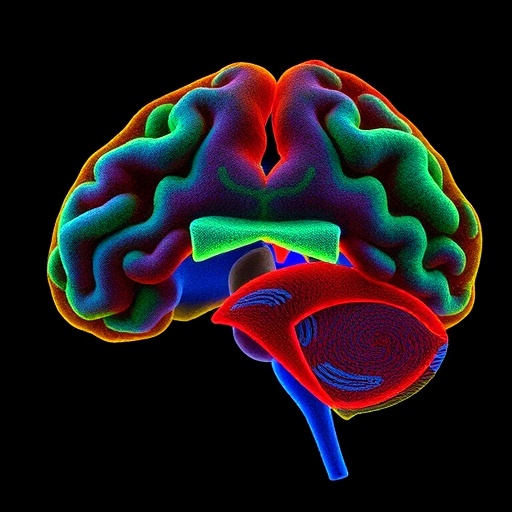In the past decade, knowledge of how lifestyle affects our genes, a research field called epigenetics, has grown exponentially. Researchers at Lund University have summarised the state of scientific knowledge within epigenetics linked to obesity and type 2 diabetes in a review article published in the scientific journal Cell Metabolism.
Epigenetic mechanisms control the activity of different genes. Disruptions in the epigenetic machinery may lead to diseases such as obesity and type 2 diabetes. This review summarises the role of epigenetic changes in different human tissues of relevance for metabolism, for example, in adipose tissue, skeletal muscle, pancreatic islets (which, among other things, contain the insulin-producing cells), liver and blood, linked to obesity and type 2 diabetes.
“Epigenetics is still a relatively new research field; however, we now know that epigenetic mechanisms play an important role in disease development. Similarly, the epigenetic patterns are affected by disease. Variations in genetic material (DNA), age, exercise and diet also have an impact on epigenetic variation”, says Charlotte Ling, professor and pioneer in the field of epigenetics and diabetes who authored the review together with researcher Tina Rönn.
The researchers detail the latest findings in epigenetics in the following categories:
- The significance of diet
- Physical activity
- Aging
- The significance of genes
- Is the epigenome heritable?
- How can epigenetics contribute to novel treatments?
###
Read a summary of the review article “Epigenetics in human obesity and type 2 diabetes”: https:/
Facts/Epigenetics:
Our genetic material, the DNA strand, contains all genes and is found in the body’s cells. We inherit the DNA and it cannot be changed. DNA methylation is the most studied epigenetic factor (and the part this review focuses on) and involves a chemical compound, the so-called methyl groups, attaching to genes and regulatory regions of the DNA, thereby affecting which genes that are turned on and off.
When the first studies of epigenetics and type 2 diabetes were completed just over ten years ago, DNA methylation of chosen candidate genes or small parts of the genome were analysed. With technical advances it became possible to analyse all the genes in the genome in the smallest components where the methylations take place, the so-called CpG sites. Currently, it is possible to study the whole epigenome with a technique called ‘whole genome bisulfite sequencing’ (WGBS) where over 80 percent of all CpG sites in the whole genome are analysed.
Aside from DNA methylation, the epigenome also includes different histone modifications and small non-coding RNAs.
Media Contact
Charlotte Ling
[email protected]
http://dx.




